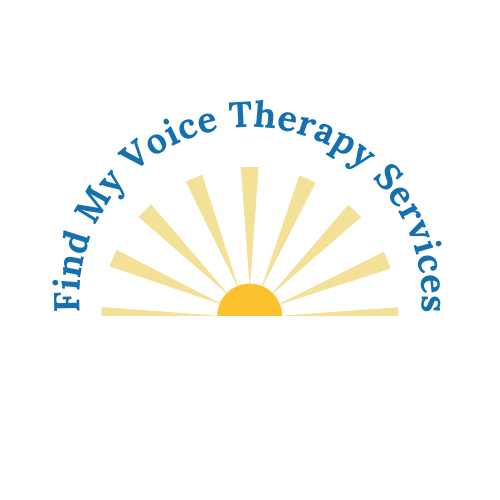Understanding AAC: Giving Voice to Those Who Need It
Communication is a fundamental part of human interaction, but for some individuals, expressing themselves verbally can be a challenge. Augmentative and Alternative Communication (AAC) is a remarkable field that plays a pivotal role in ensuring that everyone, regardless of their communication abilities, has the opportunity to express themselves, connect with others, and engage meaningfully in society. In this blog post, we'll delve into what AAC is, how it works, who benefits from it, and why it's so important.
What is AAC?
Augmentative and Alternative Communication, commonly known as AAC, encompasses a wide range of strategies and tools designed to support individuals with communication difficulties. It provides a means for people who have trouble with spoken language or writing to express themselves, share thoughts, and interact with others effectively.
The Components of AAC
AAC systems can be as simple as a picture board or as complex as a high-tech speech-generating device. Here are some key components of AAC:
Symbols: Symbols, whether they are pictures, symbols, or words, serve as the building blocks of AAC. They represent ideas, objects, actions, and concepts.
Boards and Devices: These include low-tech options like communication boards and books, as well as high-tech solutions such as tablets, dedicated communication devices, or computers equipped with specialized software.
Access Methods: AAC users can access their communication tools through various methods, including touch, eye gaze, switches, head pointing, or even brain-computer interfaces.
Language Systems: AAC systems may use different language systems, such as symbol-based systems like Picture Exchange Communication System (PECS), or text-based systems for those who can type or spell.
Who Benefits from AAC?
AAC is not limited to a particular age group or condition. It benefits a wide range of individuals, including:
Children with Autism Spectrum Disorder (ASD): AAC can help children with ASD who struggle with expressive language.
Individuals with Cerebral Palsy: Those with motor impairments may find AAC beneficial for communication.
Stroke Survivors: People who have experienced strokes or traumatic brain injuries may use AAC during their recovery.
Degenerative Conditions: Individuals with conditions like ALS, where speech deteriorates over time, can maintain communication through AAC.
Non-verbal Individuals: Anyone who is non-verbal or has limited speech can benefit from AAC.
The Importance of AAC
AAC is not just a tool; it's a gateway to independence, self-expression, and participation in everyday life. It empowers individuals to:
Express Themselves: AAC allows individuals to convey their thoughts, needs, and emotions.
Engage Socially: It enables meaningful interactions and fosters social inclusion.
Access Education: AAC facilitates learning and participation in educational settings.
Participate in Decision-Making: AAC users can actively engage in their own care and decision-making processes.
Augmentative and Alternative Communication is a transformative field that breaks down communication barriers and enriches the lives of countless individuals. It's a testament to the power of technology and human ingenuity in ensuring that everyone has a voice, regardless of their communication challenges. AAC is not just about words; it's about providing a voice, a connection, and an opportunity for individuals to fully participate in the world around them. It's a reminder that communication is a fundamental human right, and AAC is here to make that right a reality for all.
